Some of the biggest beasts on Earth are walking right through our backyard.
We’re talking shoulders as high as your car. Antlers wider than your couch. Footprints the size of dinner plates.
And yes—every single one of them is alive and roaming across North America right now.
From forests and tundras to mountains and deserts, this continent is bursting with massive mammals, giant birds, and heavyweight reptiles.
Some are gentle giants. Others? Not so cuddly.
These aren’t just big animals.
They’re icons of the wild—built to survive, command territory, and leave you absolutely awestruck if you’re lucky enough to spot one.
Let’s size things up and meet the 22 largest creatures that rule the land from Alaska to Mexico.
Just don’t get too close.
American Bison
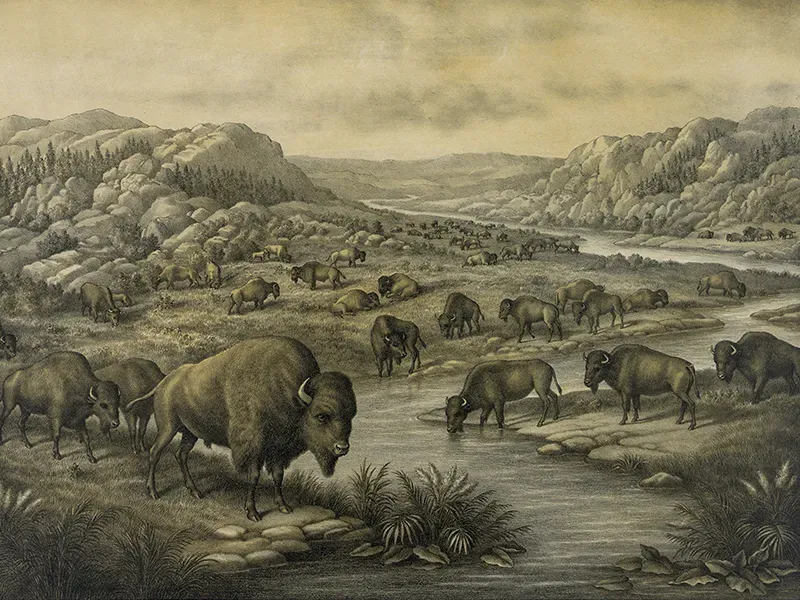
The American Bison, with its massive frame and shaggy coat, stands as a symbol of the Great Plains. Historically, these formidable creatures roamed in the millions, shaping the landscape with their movement. Today, conservation efforts help sustain their populations.
Known for their resilience, bison can weigh up to 2,000 pounds, making them the heaviest land animals in North America. Despite their size, they can run at speeds of up to 35 miles per hour.
Did you know? Bison were integral to the lives of indigenous peoples, providing food, clothing, and tools.
Moose
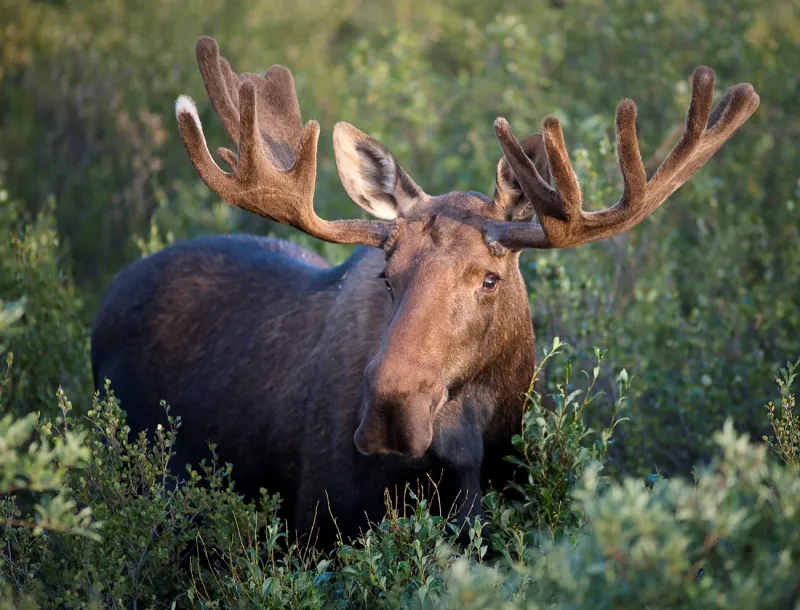
With antlers spanning up to six feet, the moose is an iconic symbol of the northern forests. These solitary giants are the largest members of the deer family. Moose are also excellent swimmers, capable of covering several miles in water.
Standing over six feet tall at the shoulder, they can weigh up to 1,800 pounds. Their long legs allow them to move through deep snow with ease.
Fun fact: Moose have a unique flap of skin hanging under their throat called a “bell,” which adds to their distinctive appearance.
Kodiak Bear

Known as one of the largest bears in the world, the Kodiak bear is an impressive sight in its native Alaska. These bears can weigh over 1,500 pounds and stand 10 feet tall on their hind legs.
Their diet primarily consists of salmon, berries, and other available vegetation, which contributes to their hefty size. Kodiak bears are solitary, except during salmon runs when they gather at prime fishing spots.
Fascinatingly, these bears have adapted to their environment with thick fur and sharp claws, perfect for the rugged Alaskan terrain.
Elk
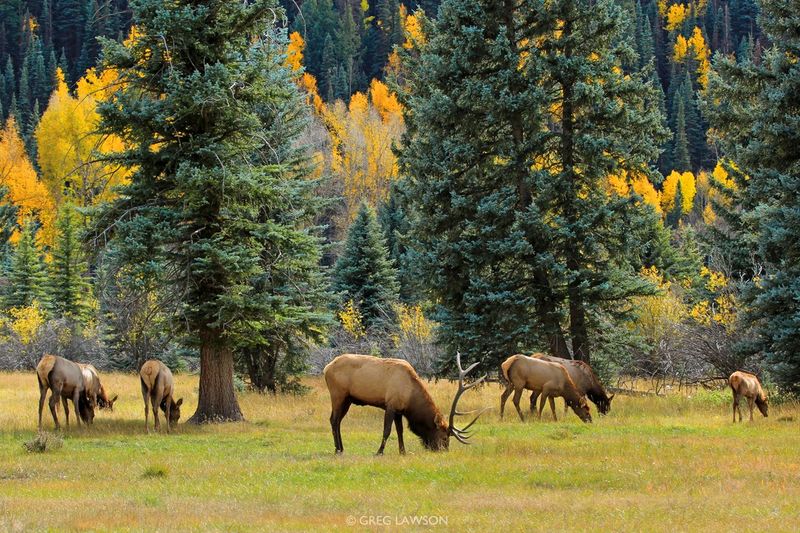
The elk, or wapiti, is a majestic presence in North American forests and grasslands. Known for their impressive antlers and bugling calls during the mating season, elk are social animals often found in herds.
Mature males can weigh up to 1,100 pounds, with antlers reaching up to four feet long. These antlers are shed and regrown annually, a testament to their rapid growth abilities.
Elk play a crucial role in their ecosystems, influencing vegetation patterns and providing prey for predators like wolves and bears.
Grizzly Bear
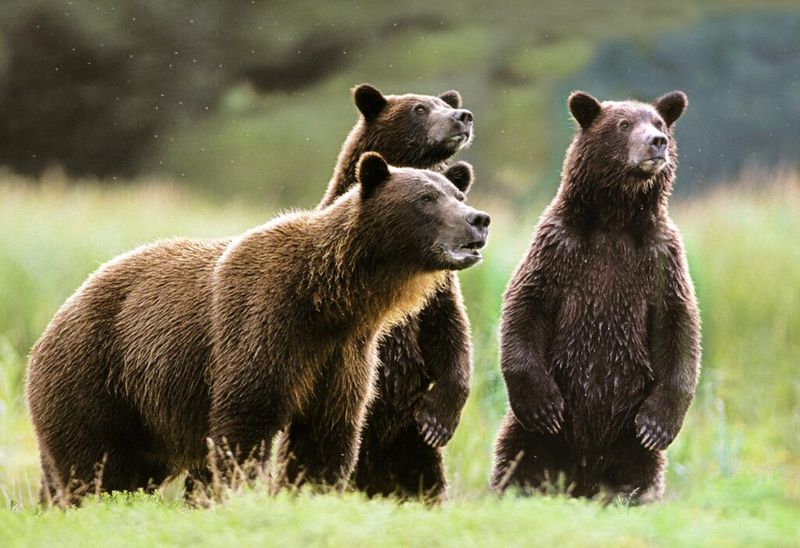
A symbol of wilderness, the grizzly bear is both feared and revered. These bears, native to North America, can weigh up to 1,000 pounds and are distinguished by their hump of muscle on their shoulders.
Grizzlies are omnivorous, with diets ranging from berries and roots to fish and small mammals. They hibernate during winter, relying on fat reserves built up in warmer months.
Intriguingly, grizzly bears have a highly developed sense of smell, capable of detecting food from miles away, which aids in their survival in the wild.
Muskox
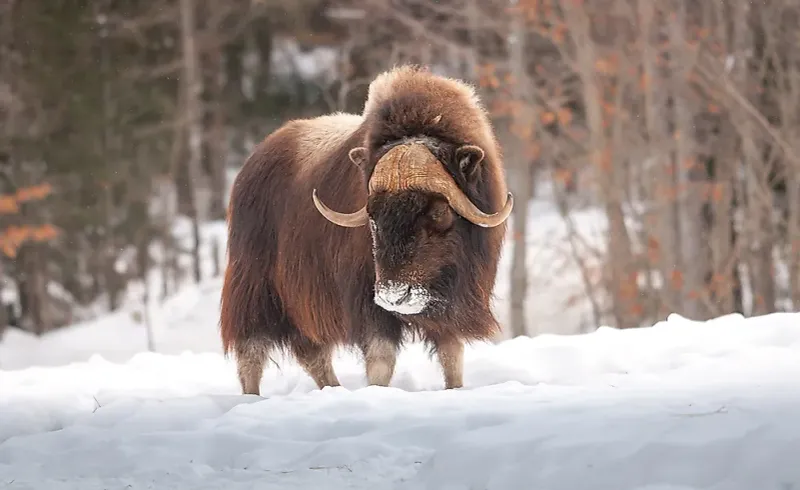
The muskox, with its long shaggy coat, is perfectly adapted to the Arctic tundra. These stocky animals weigh up to 900 pounds and form herds for protection against predators like wolves.
Their distinct musky odor, from which they derive their name, is used to attract mates. Muskoxen are known for their unique defensive formations, circling their young when threatened.
Interestingly, their underwool, called qiviut, is one of the warmest natural fibers and highly prized by indigenous peoples for clothing.
Polar Bear
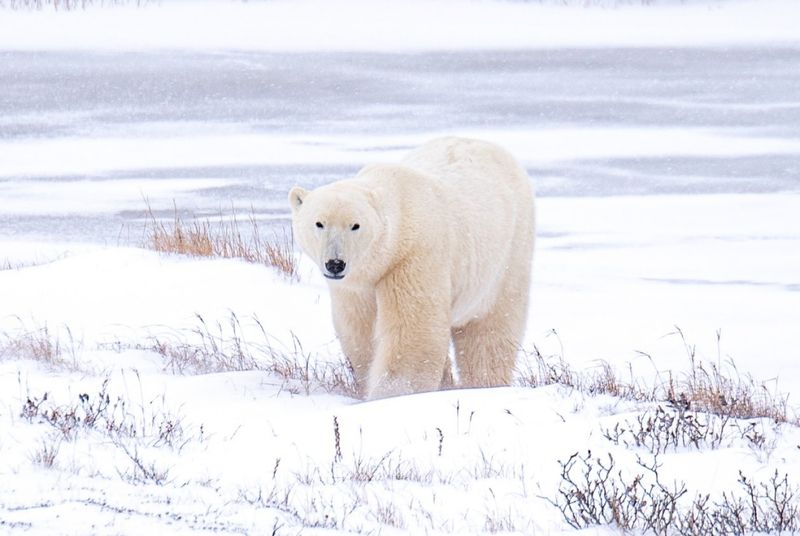
The polar bear, the largest carnivorous land mammal, is a master of the Arctic environment. These powerful predators rely on sea ice to hunt seals, their primary food source.
Adult males can weigh up to 1,600 pounds and are excellent swimmers, capable of covering long distances in frigid waters. Polar bears have thick insulating fur and a layer of blubber to keep them warm.
Despite their prowess, polar bears face threats from climate change, which reduces their icy hunting grounds, posing a risk to their survival.
Cougar
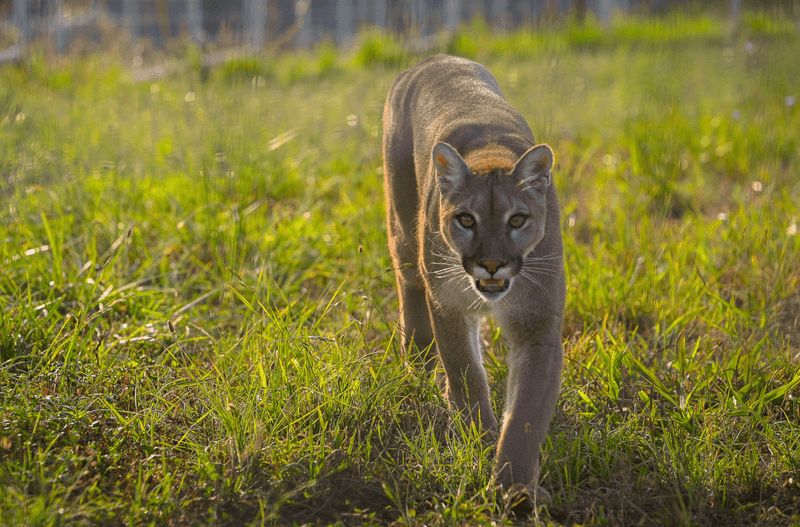
The cougar, also known as the mountain lion, is a solitary and adaptable predator. Found across North America, these big cats can leap up to 15 feet in a single bound.
Weighing up to 220 pounds, cougars have powerful limbs and sharp claws, making them efficient hunters. Their primary diet consists of deer, but they can also prey on smaller mammals.
Interestingly, cougars are crepuscular, most active during dawn and dusk, which helps them avoid human encounters and improve hunting success.
Caribou

Caribou, or reindeer, are known for their epic migrations across the Arctic tundra. These resilient animals travel in large herds, covering vast distances in search of food.
Male caribou can weigh up to 700 pounds and are unique among deer for having antlers in both sexes. These antlers are used in mating displays and for digging through snow.
A fascinating trait is their ability to see ultraviolet light, an adaptation that helps them spot predators against the snowy backdrop of their environment.
American Black Bear
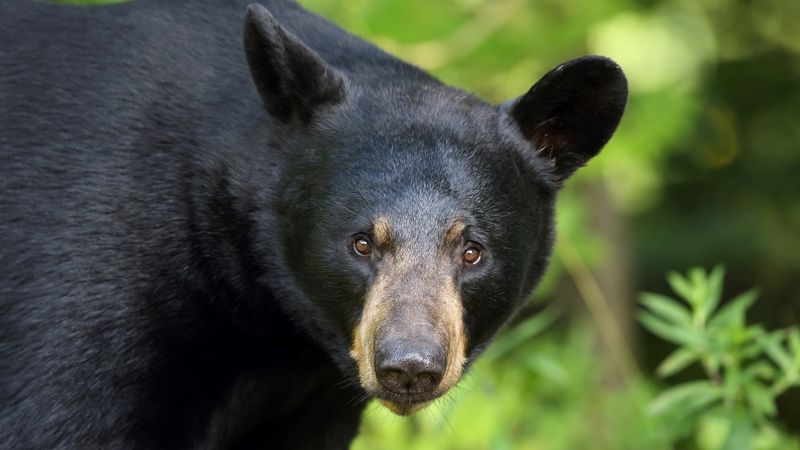
The American Black Bear is the most common bear species in North America, known for its adaptability to diverse habitats. Despite their name, they come in a variety of colors, including brown and cinnamon.
Typically weighing between 200 to 600 pounds, black bears have a varied diet consisting of plants, fruits, and occasionally small animals. They are excellent climbers, often seen scaling trees to avoid threats or find food.
Black bears are generally shy, avoiding humans, but they can become bold in search of food, leading to potential conflicts.
Mule Deer
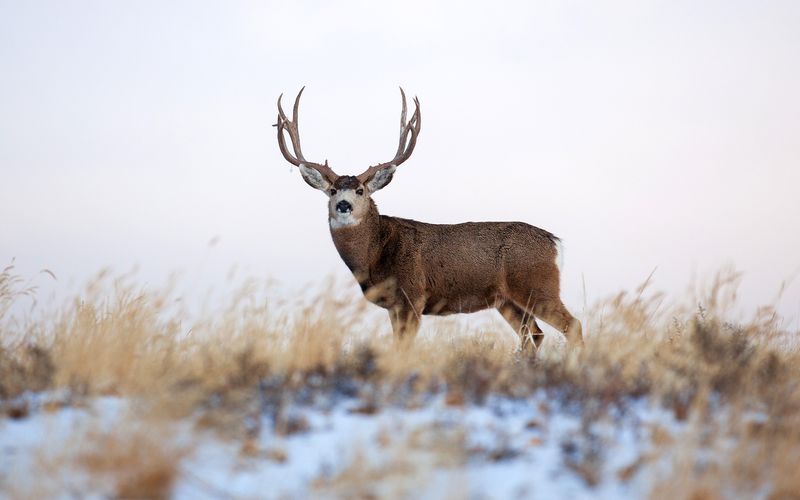
Mule deer are named for their large, mule-like ears which enhance their hearing in the wild. These graceful creatures are common in the western United States and are known for their unique bounding leap.
Weighing up to 300 pounds, mule deer are well adapted to arid desert environments, feeding primarily on shrubs and grasses. Their keen senses help them evade predators such as coyotes and mountain lions.
One distinctive feature is their black-tipped tails, which help identify them from other deer species in their range.
American Alligator
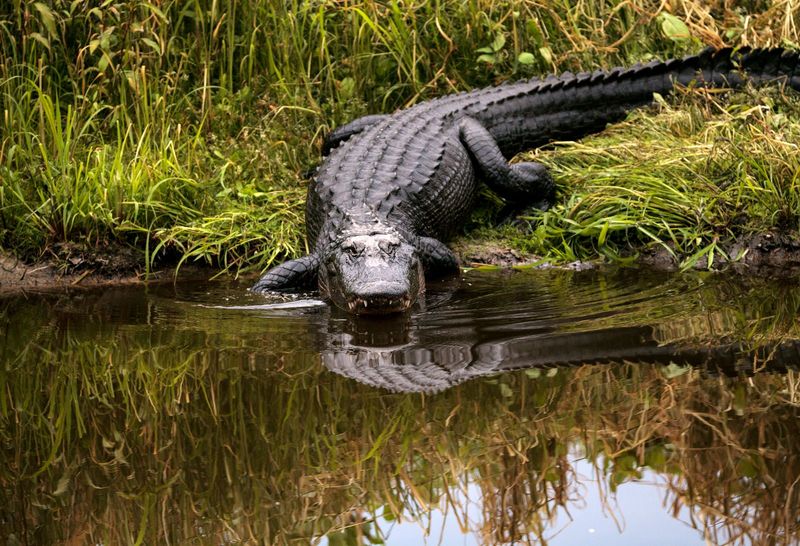
A symbol of the southeastern swamps, the American Alligator is a formidable reptile, capable of growing over 13 feet long. These ancient creatures have survived since the time of dinosaurs, adapting to their wetland habitats.
Alligators are apex predators, feeding on fish, birds, and mammals, using their powerful jaws to capture prey. They are also known for their bellowing calls during the mating season.
Remarkably, alligators play a vital role in their ecosystem, creating “gator holes” that provide habitats for other wildlife during dry periods.
Bighorn Sheep
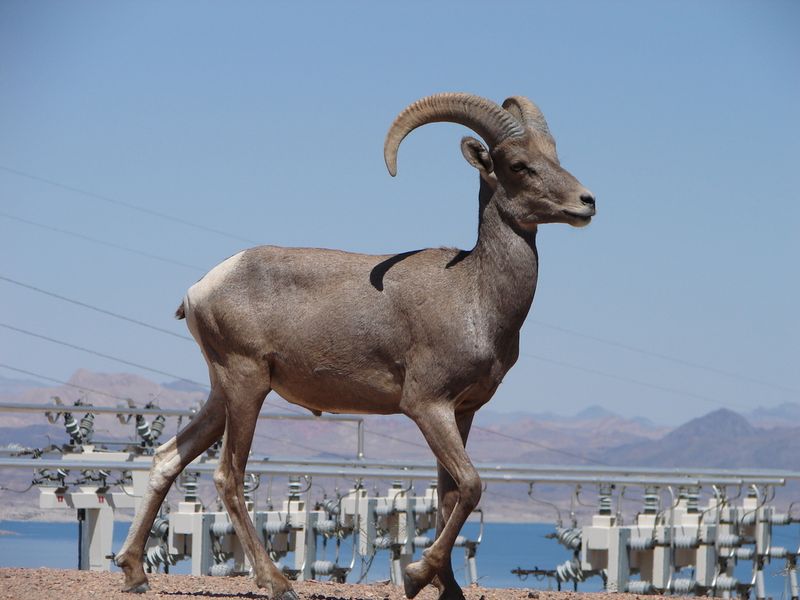
Bighorn sheep are renowned for their impressive spiral horns and agility on steep terrains. These iconic animals are found in the mountains of western North America, living in herds.
Males, known as rams, can weigh up to 300 pounds and engage in head-butting contests to establish dominance. Their hooves are specially adapted for rocky surfaces, providing excellent grip.
Curiously, bighorn sheep have a remarkable sense of balance and can navigate precarious ledges with ease, showcasing their evolutionary adaptations.
Eastern Box Turtle
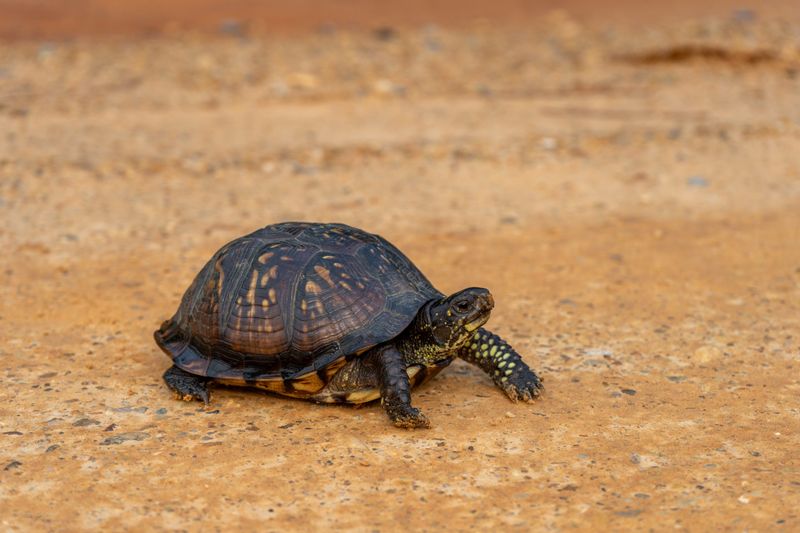
The Eastern Box Turtle is a small yet fascinating inhabitant of North America’s eastern forests. Known for its domed shell, it can completely close itself off from predators, a unique feature among turtles.
These turtles are omnivorous, consuming a diet of plants, insects, and small animals. They are also known for their longevity, often living over 50 years in the wild.
Interestingly, the vibrant patterns on their shells are unique to each individual, making them as distinguishable as fingerprints are in humans.
American Beaver

With their large, flat tails and sharp incisors, American Beavers are architectural marvels of the animal kingdom. These industrious rodents transform landscapes by building dams and creating ponds.
Weighing up to 60 pounds, beavers are known for their ability to fell trees and construct lodges, providing habitats for themselves and other species. Their work plays a crucial role in maintaining wetland ecosystems.
Did you know? Beavers have transparent eyelids that act like goggles, allowing them to see underwater as they work on their aquatic constructions.
Gray Wolf

The gray wolf, a symbol of wilderness and freedom, is a keystone species in North American ecosystems. These social animals live in packs, cooperating to hunt and raise young.
Adult wolves can weigh up to 130 pounds, with powerful jaws and keen senses that aid in their hunting prowess. Their primary prey includes deer and elk.
Wolves communicate through a range of vocalizations, with howling being the most iconic. This behavior strengthens pack bonds and coordinates group activities.
Did you know? Gray wolves once roamed most of North America, now their range is limited due to habitat loss.
Bald Eagle

The bald eagle, with its striking white head and broad wingspan, is a national symbol of the United States. These majestic birds of prey are often found near large bodies of water.
Weighing up to 14 pounds, bald eagles have keen eyesight that allows them to spot fish from great heights, swooping down to catch them with sharp talons. They build large nests, called aeries, high in trees or on cliffs.
A success story, the bald eagle’s population has recovered from near extinction, thanks to conservation efforts and legal protection.
Mountain Goat

Mountain goats are sure-footed climbers, navigating steep, rocky terrains with ease. Found in the rugged mountains of North America, these animals are adapted to life at high altitudes.
Mature goats can weigh up to 300 pounds and have thick, white fur that provides insulation against cold mountain winds. Their hooves have a rough texture, offering grip on slippery surfaces.
A unique feature is their social structure; mountain goats live in small groups and use body language and vocalizations to communicate and maintain group cohesion.
North American River Otter
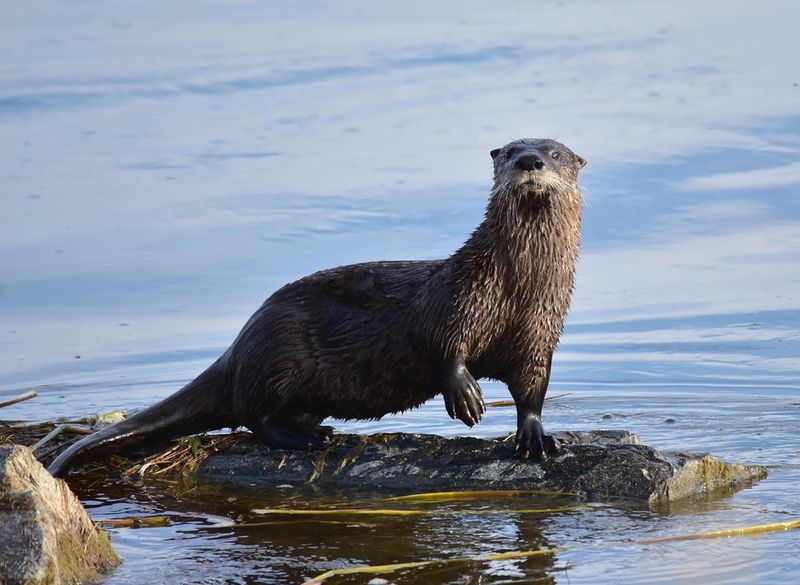
The North American river otter is a lively and playful creature, often seen frolicking in rivers and streams. These agile mammals are excellent swimmers, aided by their sleek bodies and webbed feet.
Weighing up to 30 pounds, otters are carnivorous, feeding on fish, amphibians, and crustaceans. They are known for their playful behavior, which includes sliding on mud or snow.
Interestingly, river otters have thick, water-repellent fur that keeps them warm and dry, even in icy waters. Their playful antics are not just for fun; they also play a role in social bonding and skill development.
Pronghorn
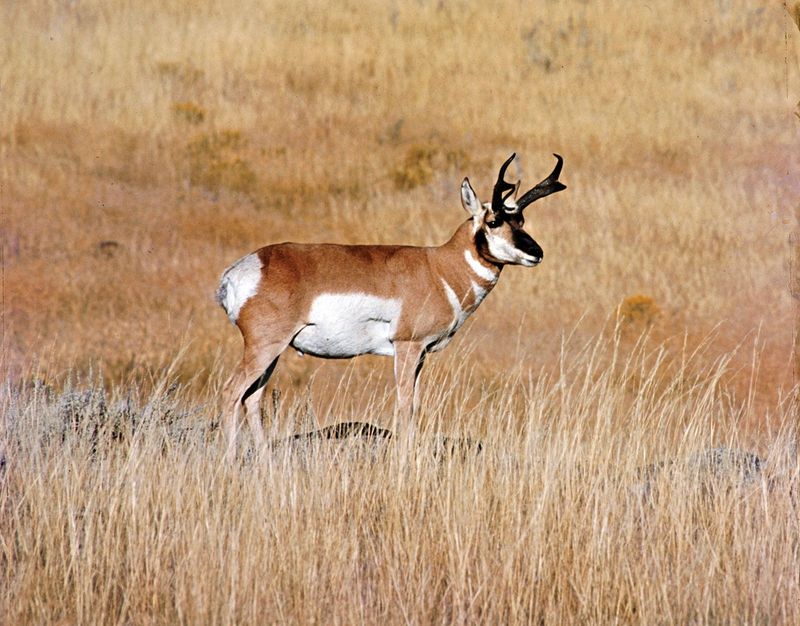
The pronghorn, often mistaken for an antelope, is unique to North America and is renowned for its speed. Capable of reaching speeds up to 60 miles per hour, it is the fastest land animal in the Western Hemisphere.
Weighing around 150 pounds, pronghorns have large eyes that provide a wide field of vision, crucial for spotting predators. They
Rocky Mountain Elk
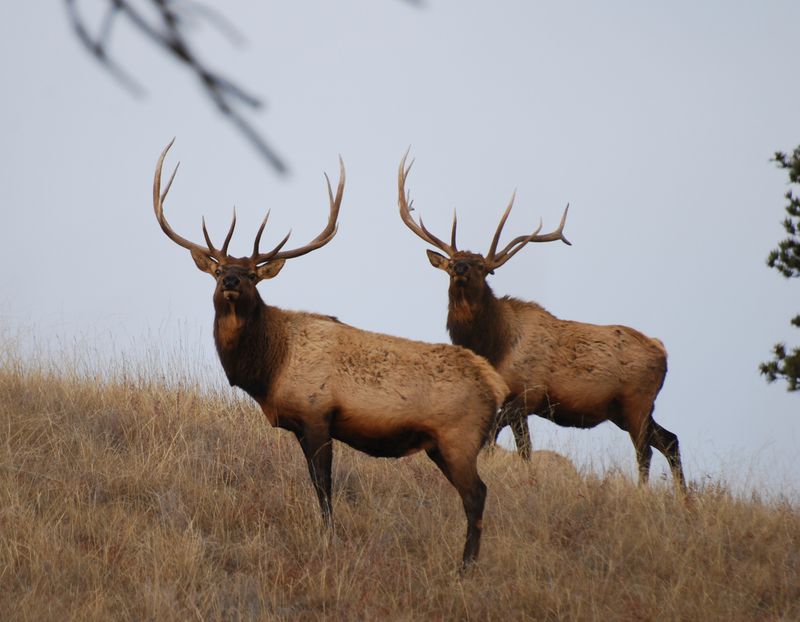
Known for its impressive antlers, the Rocky Mountain Elk is a sight to behold. This majestic creature roams the mountainous regions of North America, often found in large herds. Their antlers can grow up to four feet in length, making them one of the most iconic features of the elk.
Elks are grazers, feeding on grasses, shrubs, and tree bark. These animals are highly social and communicate through a range of vocalizations, including the famous bugle call.
Did you know? Elk antlers can weigh up to 40 pounds, and they shed them annually to regrow even larger ones for the next season.
Sea Lion

With their expressive eyes and playful demeanor, Sea Lions capture the hearts of many. These marine mammals are often seen lounging on coastal rocks or gliding effortlessly through ocean waves.
They possess remarkable agility both in the water and on land, making them a fascinating subject for marine enthusiasts. Sea Lions communicate through a series of barks and growls, establishing social bonds within their colonies.
A fun fact: Sea Lions have external ear flaps, unlike their earless seal cousins. This feature, along with their flipper strength, distinguishes them as skillful swimmers and agile land movers.

